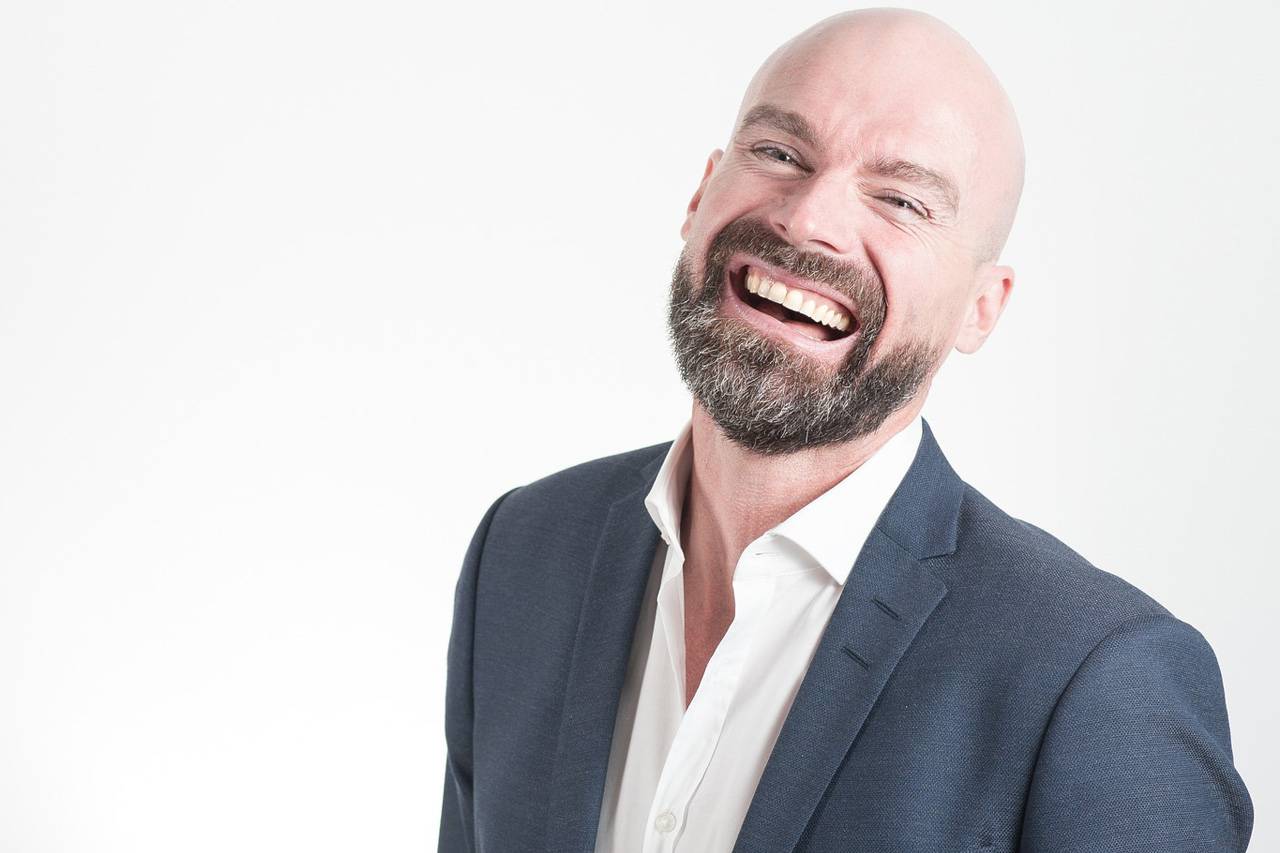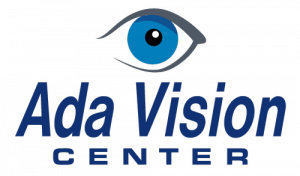Orthokeratology (Ortho-K): Vision Transformation While You Sleep
Orthokeratology, or ortho-k, offers a revolutionary solution for myopia (nearsightedness) without the need for daytime corrective eyewear.
This innovative approach involves wearing specialized gas-permeable lenses overnight that gently reshape your cornea as you sleep. The result is crystal-clear vision during the day, which usually eliminates the need for daytime glasses or contacts.

Ortho-K Lenses at Ada Vision Center
Ortho-k can be used for all patients over the age of 8. Available ortho-k lenses include 2 FDA-approved brands:
- Corneal Refractive Therapy (CRT) from Paragon Vision Sciences
- Vision Shaping Treatment (VST) from Bausch and Lomb

Who Can Benefit from Ortho-K?
Ortho-k is suitable for nearsighted people of varying visual needs, such as:
- People who are ineligible for vision correction surgery like LASIK, especially children
- Active individuals and athletes
- People who work in dusty, dirty and hazardous environments.
Results You Can Expect From Ortho-K
Ortho-k is generally a successful treatment, especially for mild vision prescriptions. Over 65% of patients achieve 20/20 vision without glasses or contacts, whereas an impressive 90% surpass the 20/40 requirement for driving without corrective aids.
You’ll likely notice immediate improvements after starting ortho-k, but full results may take a few weeks. You may need temporary eyeglasses during this adjustment period.


Benefits of Ortho-K
If you’re considering switching to ortho-k lenses, here’s why you should take the leap:
- Unlike traditional gas permeable lenses, ortho-k lenses are worn overnight, eliminating discomfort during the day.
- It's an effortless, painless process that leads to transformative vision outcomes.
- It’s an investment in your vision.
- Ortho-k is effective for slowing myopia in children and adolescents, reducing their future risk of eye disease.
- Although the initial coast is more expensive than regular contacts, they can be more cost-effective in the long run.
- It’s a temporary and non-surgical way of correcting your vision without needing daytime eyewear.
- You can still get LASIK after ortho-k, provided that you speak to your eye doctor and surgeon about stopping ortho-k wear in advance.
Request An Ortho-K Consultation
Ready to discover a new way of seeing clearly? Request an ortho-k consultation with us at Ada Vision Center. We'll discuss how ortho-k can benefit you or your child.

